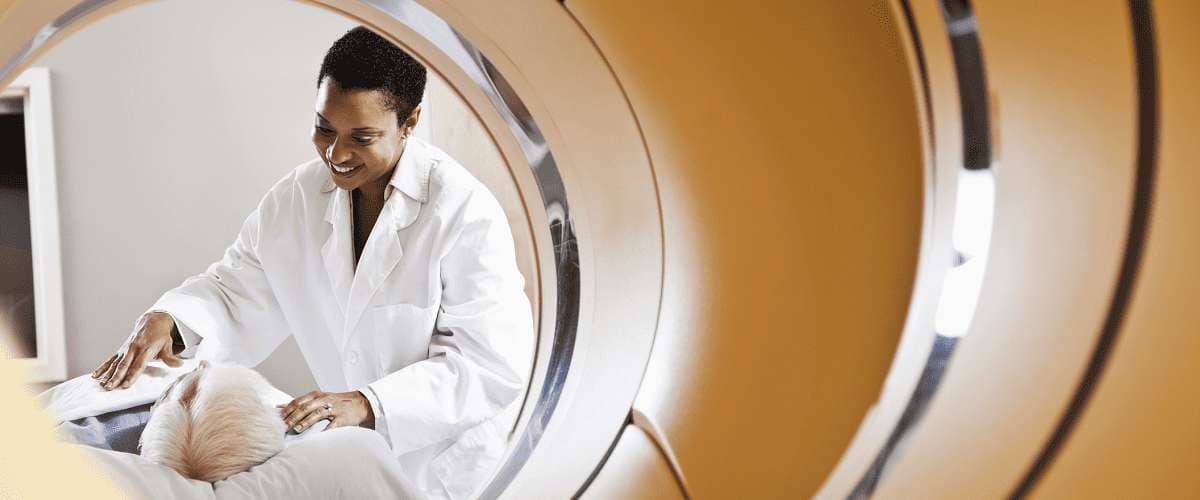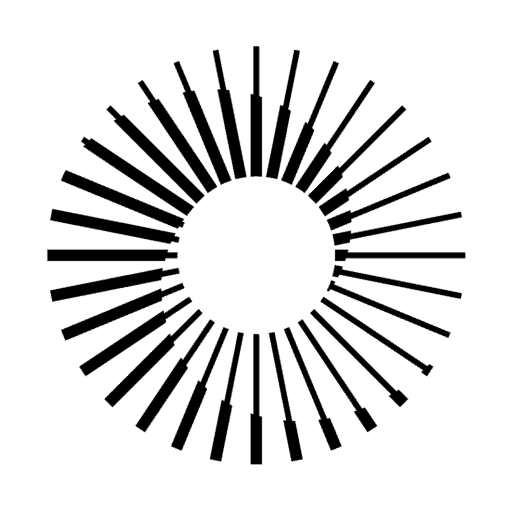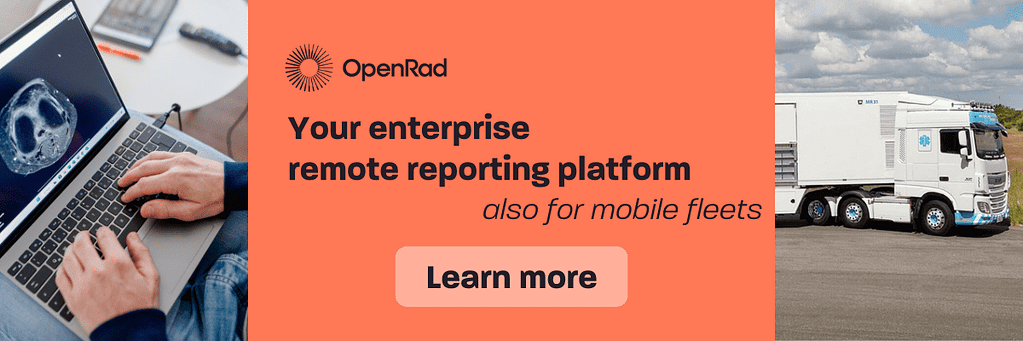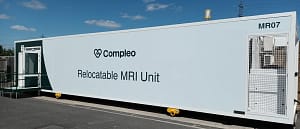This article provides an overview of the principles, applications and limitations of PET/CT imaging in oncology. The scanning method is increasingly being used for cancer diagnosis, staging and monitoring response to treatment.
PET/CT imaging is of interest to healthcare professionals because it is one of the most advanced diagnostic imaging techniques. It allows early detection of cancer, and early detection means better chances of cure.
Explanation of PET/CT imaging
PET/CT scanning is an advanced method of imaging investigation. As the name suggests, it is a combination of Positron Emission Tomography (PET) and Computer Tomography (CT). These two types of scanning are different and merge into what is called PET/CT scanning.
CT uses X-rays, while PET uses a radioactive substance that goes by different names: radioactive glucose, tracer or FGD-18. This substance is non-toxic and is injected intravenously, disappearing from the patient’s body within 24 hours.
The aim of this hybrid technology is to follow the function of an organ in real time and to accurately detect unusual metabolic activity in the body. The investigation provides detailed images of organs and tissues with greater accuracy than can be achieved with the two separate examinations or other imaging methods.
PET provides information about metabolism and cell function, while CT provides information about the location, size and shape of any tumours. Together, the two types of tests allow more accurate diagnosis and staging of cancer as well as monitoring of response to treatment.
Scanning procedure
The examination is painless and non-invasive, and the patient has a PET scan and a CT scan in a single session. The procedure is as follows :
- The patient is given an intravenous injection of a radioactive substance that makes metabolic activity visible. Fluorodeoxyglucose (FDG) is most commonly used. After injection, the radiotracer is taken up by the organs and tissues. The patient must wait 30 to 60 minutes for the substance to be absorbed.
- The patient is then taken into the PET/CT scanner, where they must remain absolutely still during the scan which usually takes 30 minutes. Both anatomical information and functional images of the body are obtained. If the patient moves, the images become blurred.
- The radiologist will look at the images to see if they are clear enough. In some cases, the radiologist will take more images to get a clearer view of the areas being examined.
- After the scan is completed, the patient can resume normal activities (work, driving, etc.). To help remove the radioactive tracer from the body more quickly, the patient will be advised to drink plenty of water.
- The radioactive substance is cleared from the body within a few hours, but drinking water can speed up this process.
- Patients may also be advised to avoid contact with pregnant women or children for several hours after the scan.
Role of PET/CT imaging in oncology
PET/CT is an important examination for several types of cancer, including breast cancer, thyroid cancer, lung cancer, pancreatic cancer, prostate cancer, cervical cancer, oesophageal cancer, ovarian cancer.
The vital role of this scan method in oncology is that it provides important information to help diagnose cancer and pinpoint the exact location of tumours.
Cancer cells consume more energy than healthy cells and reflect more brightly on PET/CT images due to increased uptake of radiotracer, the radioactive material used to perform PET.
Applications
PET/CT, a scan that provides detailed images of organs and tissues in the body, is useful in oncology because it can show the right place for a biopsy, detect cancer and whether it has spread in the body or if it has returned after treatment.
For patients who have been diagnosed with cancer, doctors recommend PET/CT scans to monitor the progress and effectiveness of treatment. In addition to diagnosis and cancer staging, it is useful in identifying the best treatment plan.
Advantages & limitations
PET/CT is a diagnostic method that combines the benefits of two types of imaging and has a number of advantages:
- More precise and accurate diagnosis: PET/CT provides more details with a high level of accuracy as both scans are performed simultaneously without the patient having to change position. It provides more information than the two scans performed independently.
- Early detection of cancer: PET/CT can detect unusual metabolic activity in the body and show if there are diseased cells.
- Non-invasive examination: PET/CT is non-invasive and painless—which means more comfort for the patient. The patient spends less time for the examination as both PET and CT are performed in the same session.
- Determining the right treatment plan: Early detection and localisation of cancer means that the doctor can develop a treatment plan more quickly and identify areas that require surgery or radiotherapy.
These are the main benefits of PET/CT, a powerful imaging tool that contributes significantly to cancer diagnosis, staging, treatment planning and monitoring. However, it also has some limitations.
It is a specific nuclear medicine scan: So, it uses a radioactive substance—which means exposure to radiation—and can thus not be realised in all patients.
The radioactive drug can cause allergic reactions, but these are very rare. Female patients should tell the radiologist or doctor if they are pregnant or breastfeeding as having a PET/CT scan in these conditions means exposing the baby to radiation.
PET/CT has undeniable clinical utility and has become an integral part of the diagnostic process for many cancers. In oncology, it is proving its usefulness through its ability to detect metabolic changes and its potential to find cancer at an early stage.





